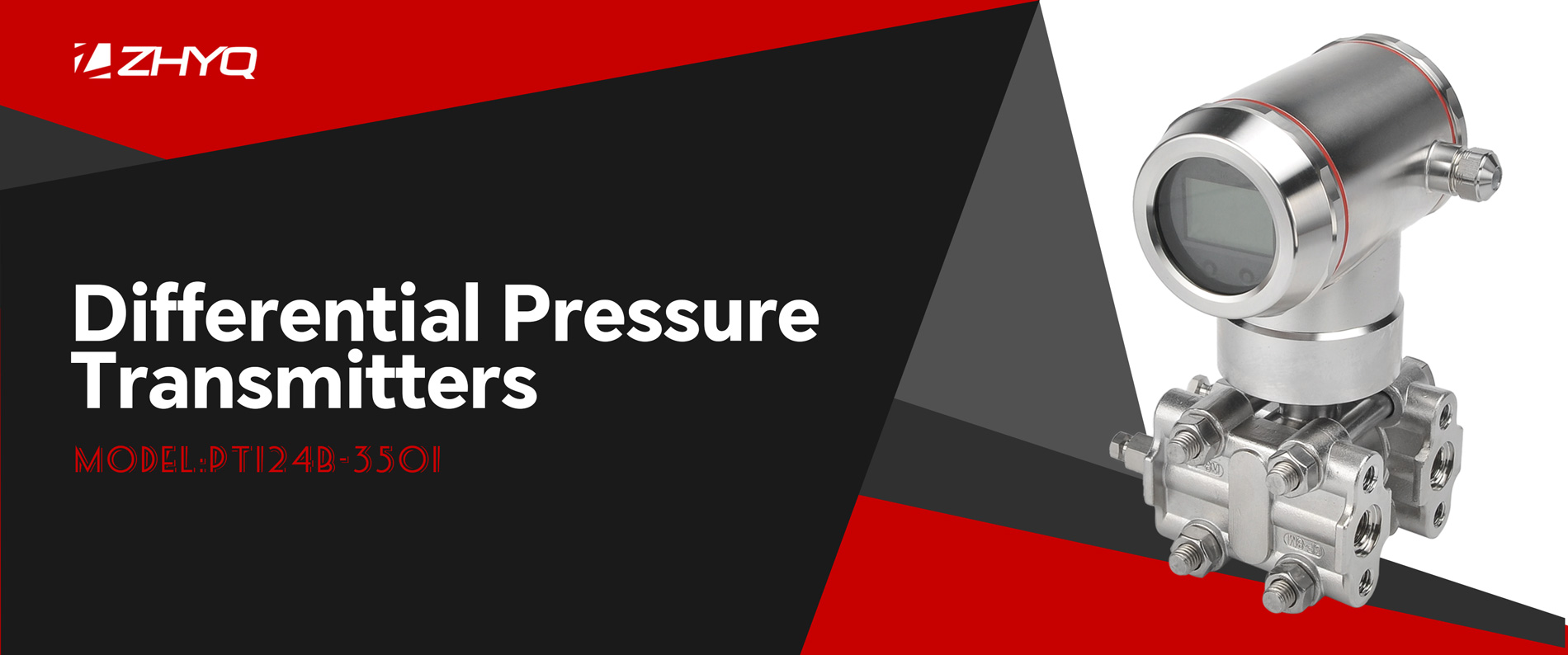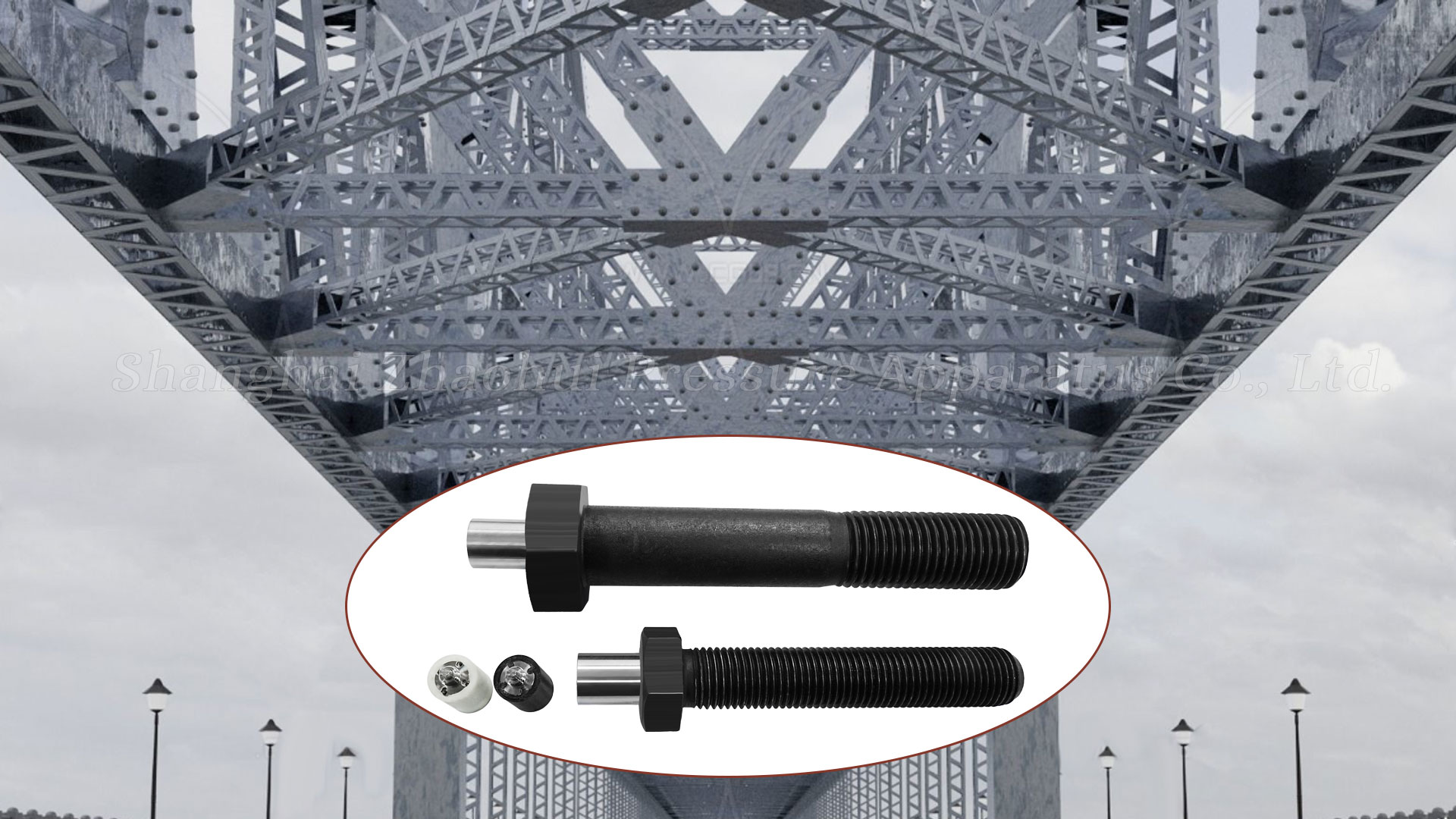
- Pressure Sensor, Pressure Transducer, Pressure Transmitter


- 2023-02-16
- Zhyq
- 199
What is Differential Pressure?
Differential pressure gauges are commonly found in industrial process systems, and they’re often a great solution for those settings, but unfortunately they tend to get overlooked or misunderstood. Knowing how differential pressure gauges work is as simple as knowing what differential pressure itself is.
What is Differential Pressure?
Differential pressure, or DP or ∆p, is simply the difference between two applied pressures. For example, if the pressure at point A equals 100psi and the pressure at point B equals 60psi, then the differential pressure is 40psi (100psi – 60psi).
A differential pressure gauge is a visual indicator, designed to measure and illustrate the difference between two pressure points within a process system. The gauge usually has two inlet ports that are each connected to the pressure points being monitored. A differential pressure gauge simplifies the process by finding the difference between the points. Without this differential pressure gauge, an operator or control system would need to watch two separate gauges and determine the difference in readings.
Differential pressure gauges, typically found in refineries, petrochemical plants, and chemical plants, are used to monitor filtration, liquid levels, and liquid flow.
Filter Monitoring with differential pressure gauges
Filtration is a vital part of an efficient operation in any industrial process system. A differential pressure gauge is also vital since it can be used to detect a contaminated or clogged filter. How does it work? As the filter collects foreign materials, the pressure before the filter builds up. The more the filter gets clogged with particles, the more the differential pressure increases, as shown in Figure 1. Once the differential pressure reaches a maximum value, the operator knows the filter needs to be changed.
Liquid Level Monitoring with differential pressure gauges
Sealed tanks often have an atmospheric pressure gas blanket on top of the contained liquid, as represented by “Gas or Vapor Pressure” in Figure 2. The pressure of the gas blanket adds to the hydrostatic pressure created by the water column of the content. This pressure makes it difficult to get an accurate level measurement using a conventional pressure gauge, and that is the reason a differential pressure gauge works much more effectively in this application. A differential pressure gauge measures the difference in gas pressure from the total pressure, translating into a true liquid level reading. Differential pressure gauges can also be used on production and injection wells to measure the difference between reservoir pressure and bottom-hole pressure or between injection pressure and average reservoir pressure.
Flow Monitoring with differential pressure gauges
Differential pressure gauges are also used to measure the flow of a liquid inside a pipe. An orifice plate, venturi, or flow nozzle is often used to reduce the diameter inside a pipe; as seen in Figure 3. The differential pressure gauge measures the flow rate by finding the difference in pressure before and after the orifice. Differential pressure gauges are an easy way to get a visual indication of process flow.
Types of Differential Pressure Gauges
ZHYQ offers differential pressure gauges with an assortment of housing materials, wetted parts, dial sizes, connection types, mounting configurations, and custom dial art work. The three design options – piston-style, dual diaphragm, and the all-welded/all stainless steel – are suitable for different applications and include distinct features.
Piston-style differential pressure gauges
Designed for a long service life, piston-style differential pressure gauges:
- Are best suited for use with clean liquid or gaseous media where low differential pressure ranges and static working pressures are required
- Are available with a separating diaphragm for applications that do not tolerate a flow-by, such as liquid level applications
- Feature a 2-year limited warranty
Dual diaphragm differential pressure gauges
When two diaphragms are needed, dual diaphragm differential pressure gauges:
- Are ideal for applications requiring high working pressure in combination with very low differential pressure
- Include pressurized components mounted outside the case and face plate for maximum safety
- Feature an all stainless steel construction with 316 wetted parts
- Are suitable for high working pressures up to 3600 psi, regardless of scale range
All-welded differential pressure gauge
The all-welded/all stainless steel construction model is best suited for applications with corrosive atmospheres or media, pressure pulsation, system vibration, wide range of ambient temperatures, or high media temperatures.
Leave Your Inquiry
Your email address will not be published. Required fields are marked *

